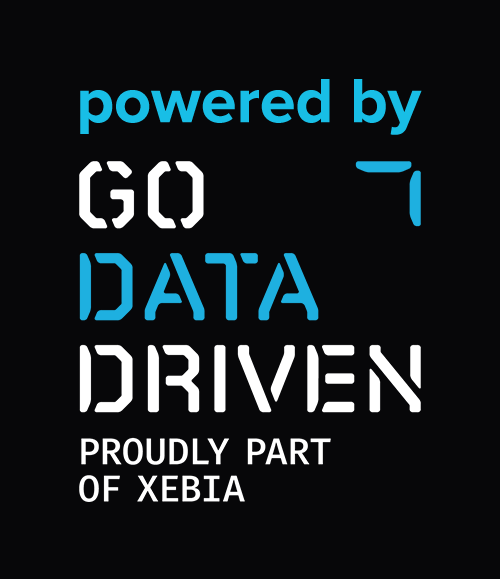Story of Yalda Mohammadian
A Deep Understanding of Deep Learning
With the rise of the Internet of Things (IoT) and connected devices, more and more data is becoming available to unlock new solutions. The connected car is one of the devices organizations like the ANWB (Dutch roadside assistance) are using to improve their service. Yalda Mohammadian is one of the data scientists unlocking the power of IoT.
Optimal Dispatching and Predictive Maintenance
“The ANWB is running many data science projects,” Yalda explains, “from predicting traffic jams to car breakdowns, and automatic car valuations for trade-ins.” Yalda herself is currently working with a deep learning model that recognizes which car component caused a breakdown.
“Knowing what is wrong with a car before dispatching a roadside assistance vehicle, Wegenwacht, dramatically increases efficiency,” she elaborates. “Sometimes a problem can be fixed over the phone, and other times we need to send a Wegenwacht. On occasions where we can’t help a driver, it’s best to send a tow truck.”
With over 400 Wegenwachten on the road every day, efficient dispatching is crucial in quickly helping stranded drivers.
The current project is not only aimed at component recognition. The ultimate goal is to allow for a predictive maintenance model to be developed. “Connected cars transmit information about their status, from blinking dashboard lights to component mileage. Using this data, we can notify car owners when maintenance is needed to prevent breakdowns.”
Inheriting a Deep Learning Model
Since early 2019, the ANWB has been building its internal data science capability. When Yalda joined in June 2019, she got to work on the component recognition deep learning model. This model had already been developed by an external data scientist, and Yalda’s job was to develop it further. “I had never worked with deep learning, and I find it really important to be able to explain what’s going on under the hood,” Yalda explains.
Being confronted with a data science technique she wasn’t familiar with prompted Yalda to search for a training course to help her.
“Before, I would have followed a six-week online course, but my colleague recommended GoDataDriven. She was enthusiastic about your courses, and being able to come to grips with deep learning within three days was much more efficient than an online course.”
A Deeper Understanding of the Model
Participating in the Deep Learning course helped Yalda understand the model she was working on. “I enjoyed the mix of theory and practice. It’s great that you also get taught the background of deep learning.” Yalda has already applied several learnings from the course. “The code of the model was written in PyTorch, which is quite complicated for beginners. I am now transforming that into Keras, where you can do the same with much less code.”
With more theoretical knowledge, Yalda has a deeper understanding of the model.
“I better understand the choices that were made when creating the model. This means I am also able to question and challenge them. The model currently uses a recurrent neural network, which might not be the best for the experiments we are running. Thanks to the course, I can ask these types of questions,”





